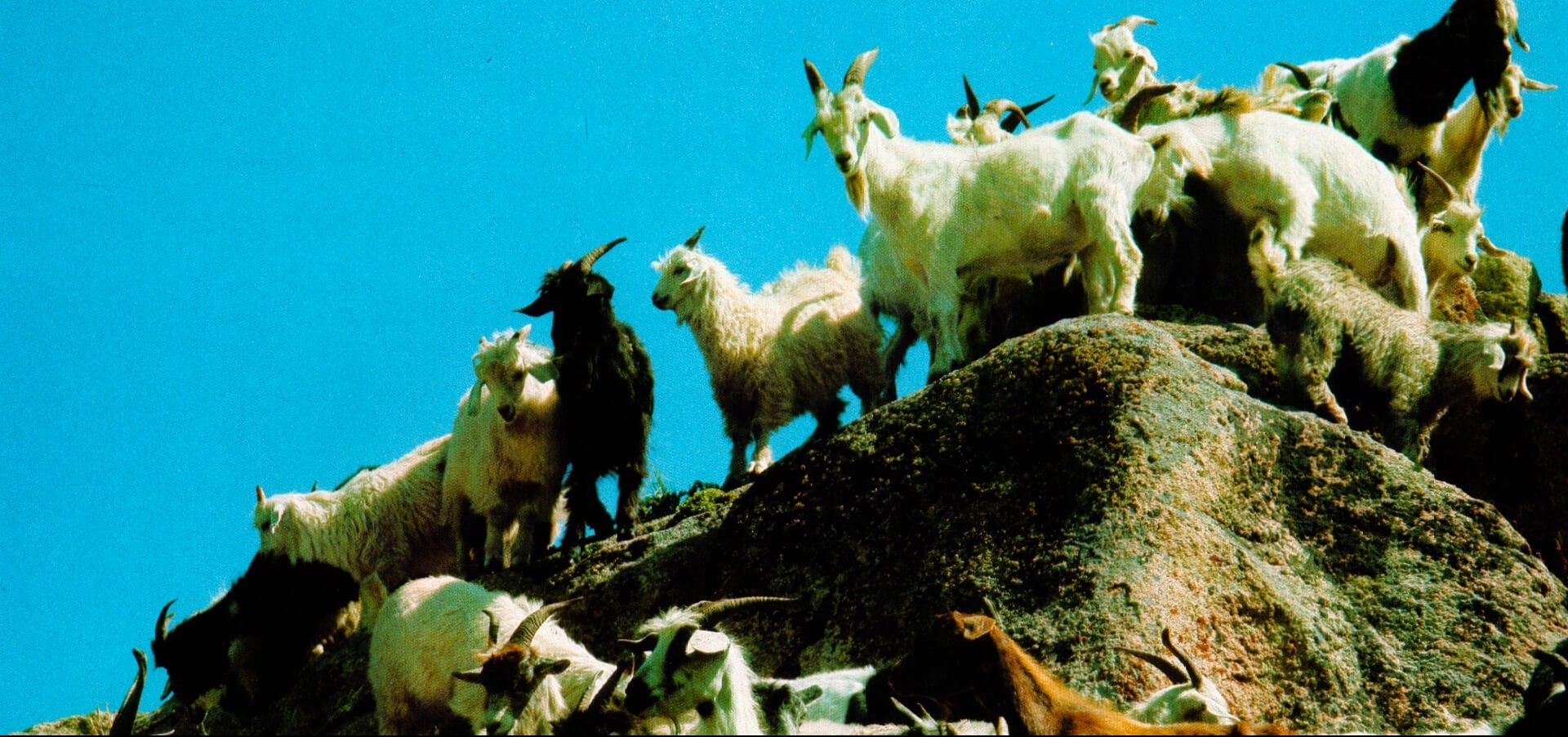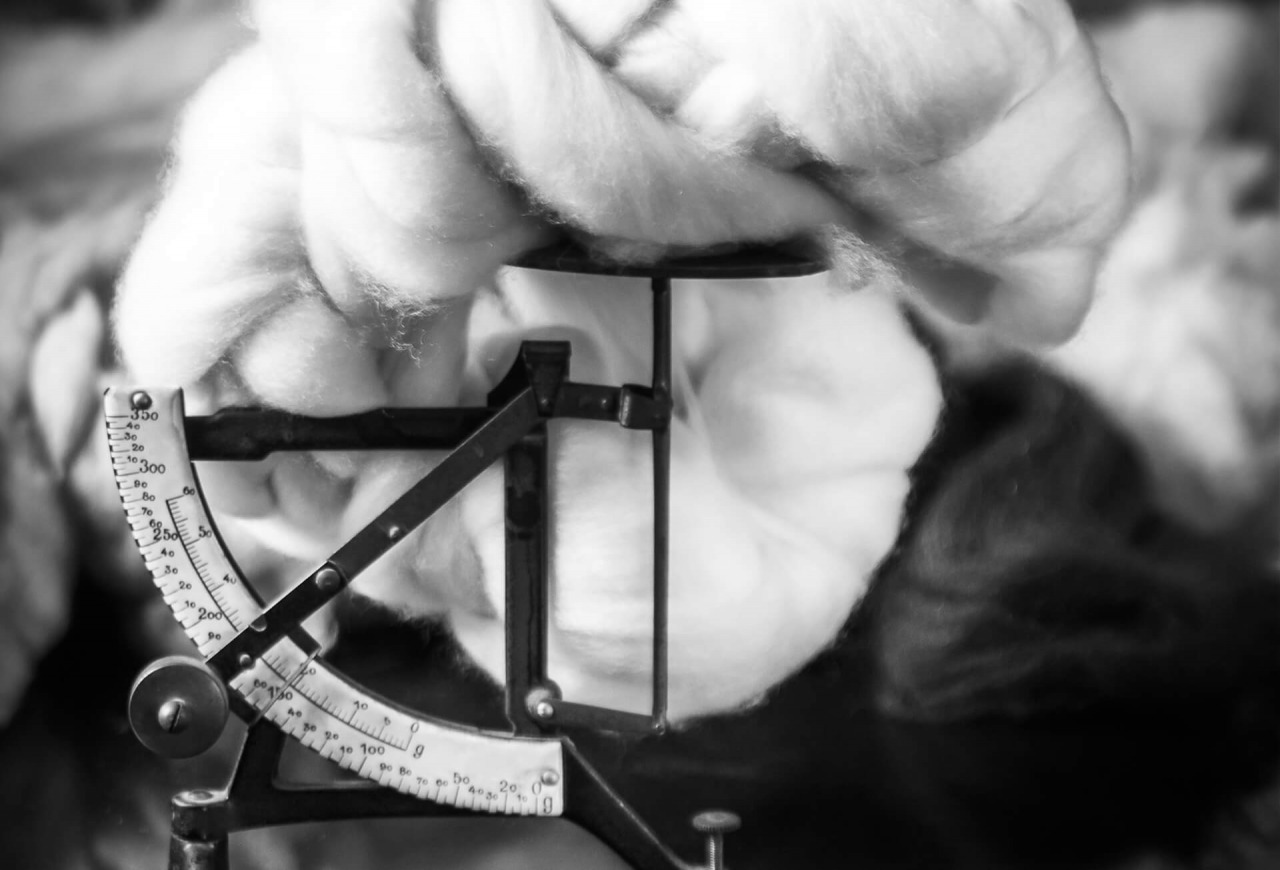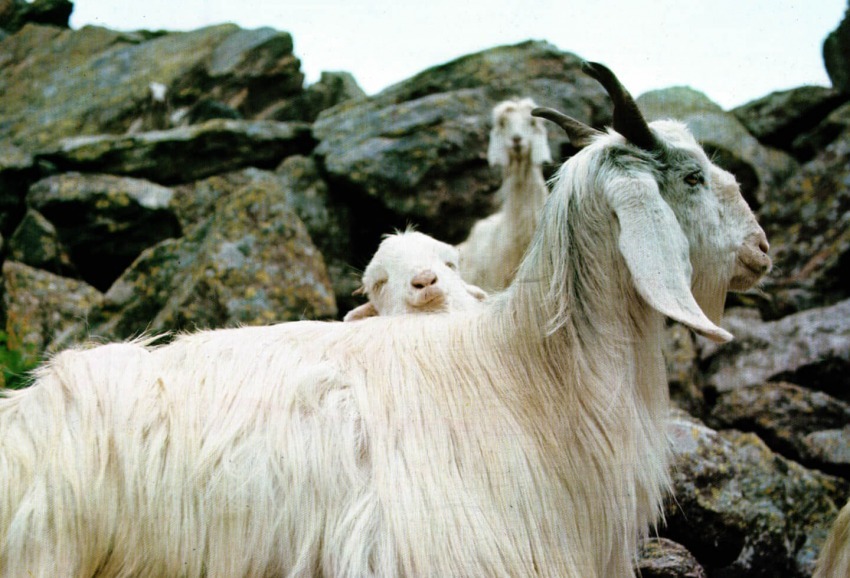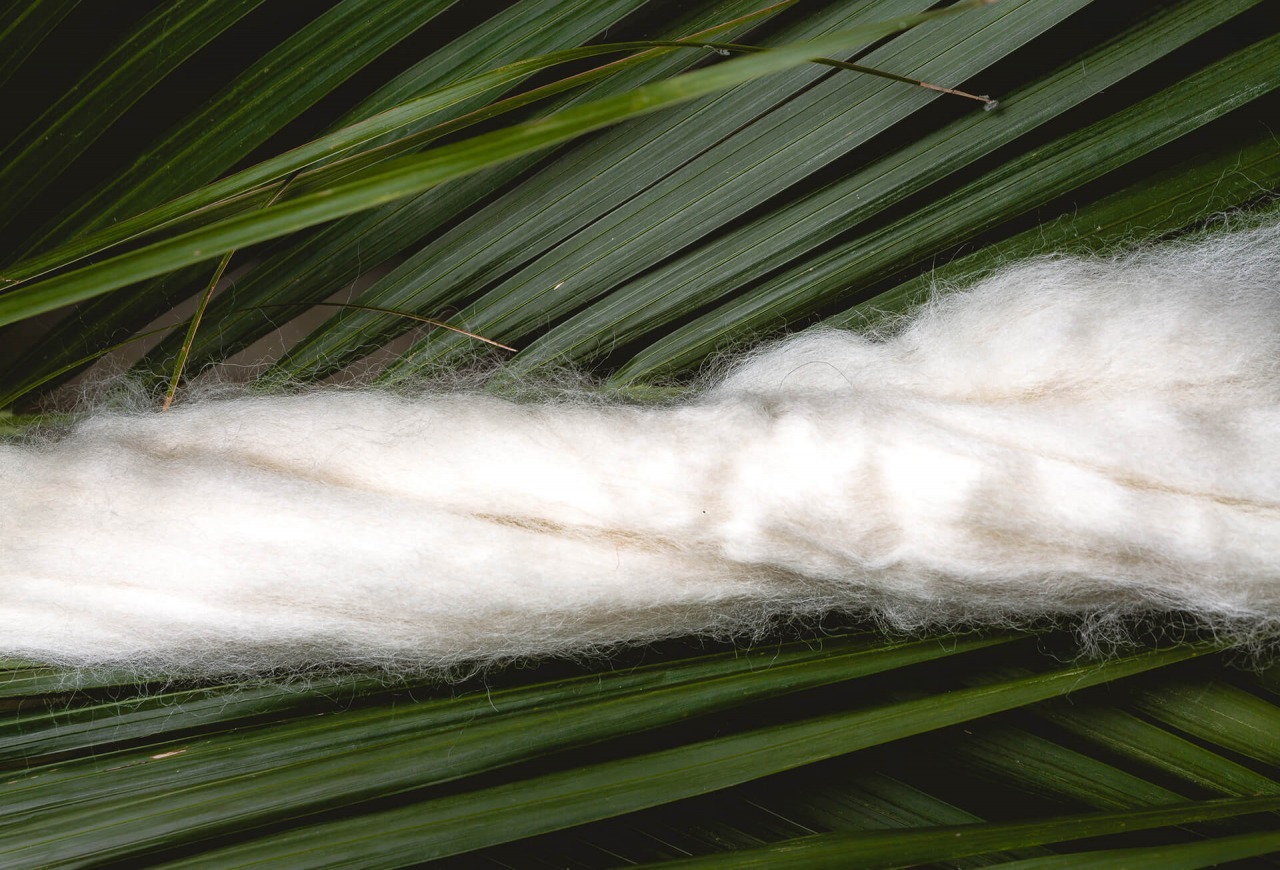

The cashmere goat that was reared in the various localities, seems however to derive from the Kashmir kel breed. The name of Cashmere was then given in France to fine shawls made with duvet from Asian locations. According to the famous historian H. Hepstein (1969) among the progenitors of the ancient Cashmere goat there is the Falconeri goat and the hircus engagrus goat from which the undercoat is likely to have been inherited.

The animals are robust, active and resistant to the lowest temperatures. They are medium in size with a height of around 60 cm and weigh 60 kg on average. The fleece is open with long and relatively coarse fur while the underfleece, on the other hand, highly prized and requested by the textile industries all over the world, is smooth and very soft at touch. The color is generally white and it is the most valuable even if there are brown samples, tending to gray or reddish brown.

The wad filament has a diameter of 14-17 microns. The finest Chinese duvet has an average diameter of 15.5 (from 11 to 18 mic.), the length of the duvet is 25-80mm. The collection of the wad normally takes place in June by combing, which entails a certain presence of surface hair (jarre) which must therefore be eliminated (ejarratura).